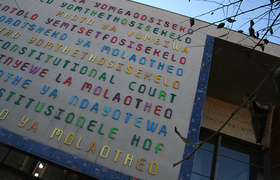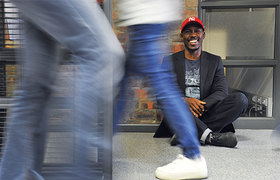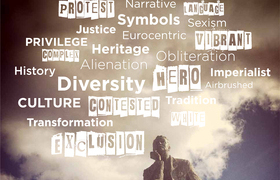The struggle of memory against forgetting
13 April 2015Renate Meyer
UCT Libraries' Special Collections
"The best suggestion I've heard for the Rhodes' statue is that it be moved to the old zoo, which was part of Rhodes' vision for a private menagerie to house animals from around the British empire.
"As Albie Sachs has pointed out, creating layers of history could, when presented sensitively, comment more effectively [on Rhodes] than the simple removal of the offending artwork. Yet I'm very mindful of the discussions and debate around what the statue represents and why it should not remain where it is.
"I believe there are many precedents for alternative re–constructions of narrow histories. When governments or rulers are ousted or are overthrown, it's often the case that representations of knowledge are burned, broken or erased. Such systematic destruction of historical artefacts is different to redressing historical imbalances (such as the removal of sculptures of dictators).
"In South Africa, much of our public artwork consists of figurative representations, predominately of individual white men.
This 'public art' has been informed by a complicated history of state ideology – often quite didactic in nature and singular in context. As such, the policies that concern artworks and representations need to be challenged and transformed.
"Ten years after the Rwandan genocide that left hundreds of thousands dead, I was part of a task team that looked at how to remember these atrocities in constructive and instructive ways. I was struck by the fact that so many years later, one still entered churches and areas to find thousands of bones and skulls, clothing and personal effects, left where they lay.
"In other areas, bodily remains were covered with lime to preserve them and left in public view. This, a Rwandan teacher told me, was so that the world would not forget. These public spaces of remembrance throughout Rwanda do more than any memorial sculpture or wall could do."
|
|
 This work is licensed under a Creative Commons Attribution-NoDerivatives 4.0 International License.
This work is licensed under a Creative Commons Attribution-NoDerivatives 4.0 International License.
Please view the republishing articles page for more information.










